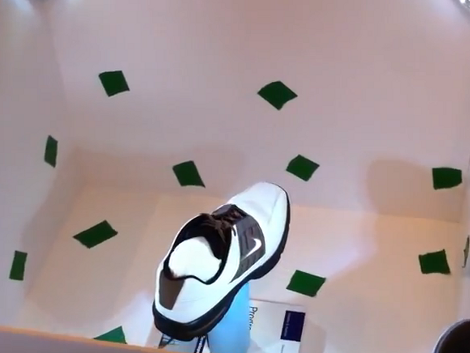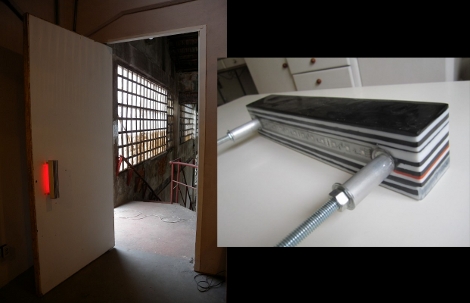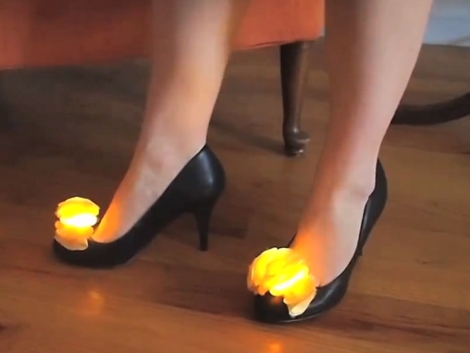We know that the appearance of the Kinect 3D camera hardware, and subsequent open source driver hacking conquest, is a game-changer that brings the real world into much closer contact with the virtual world. But it still amazes us when we see a concept like this turntable-based 3D object scanner that works so incredibly well.
The concept is extremely simple. A box made from foamboard rests atop a turntable. At its center is the object you wish to scan being well-lit by a small LED light source at each upper corner of the box. First up some code and capture data about the sides and top of the object as it spins. To put the shoe back together in the virtual world, he used a modified version of RGBDemo v0.6.0, a Kinect focused project written by Nicolas Burrus.
[A.J] says that the scan comes out pretty well after just one pass, but that’s not stopping him from setting his sights on making this work with three of four Kinects at once. Don’t forget to check out his video demonstration which is embedded after the break.
Continue reading “Kinect-based Turntable 3D Scanner Looks Very Promising”

















